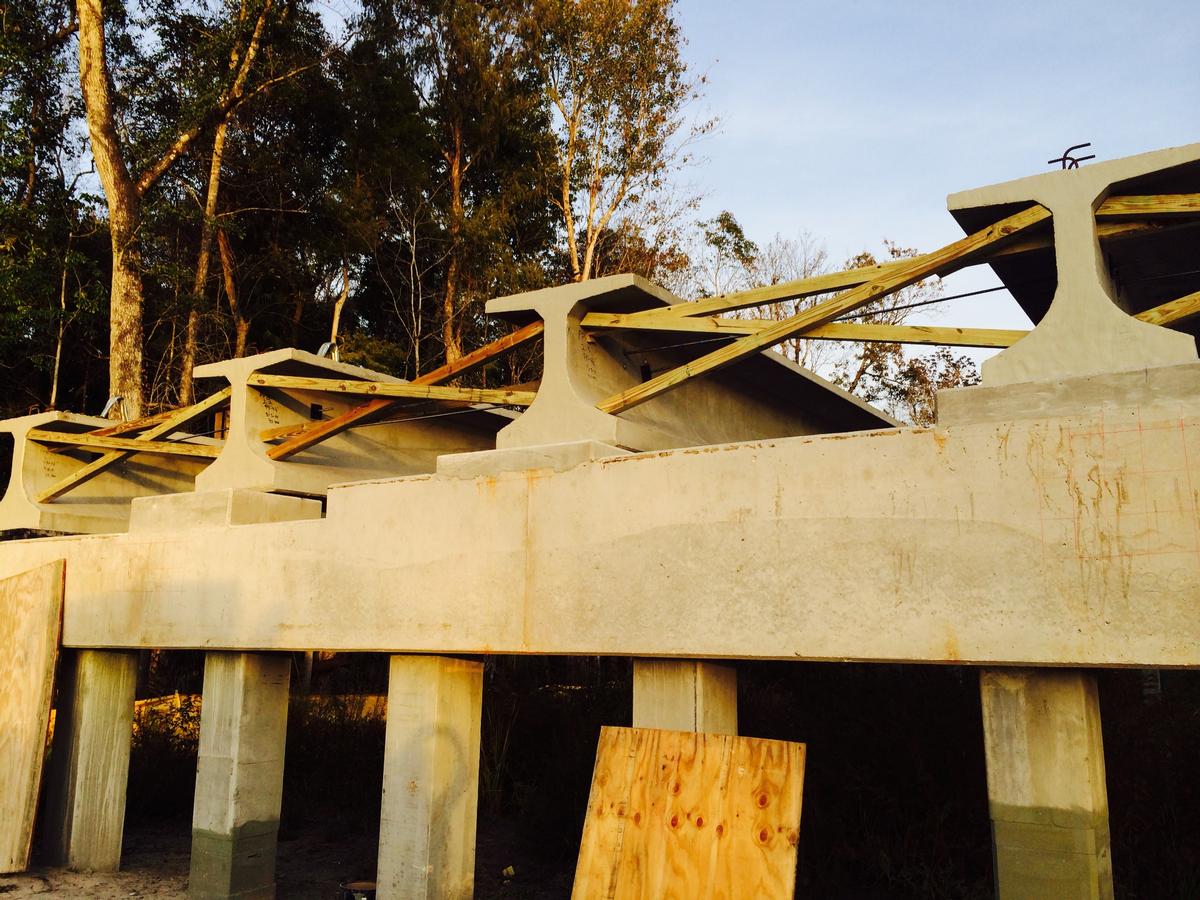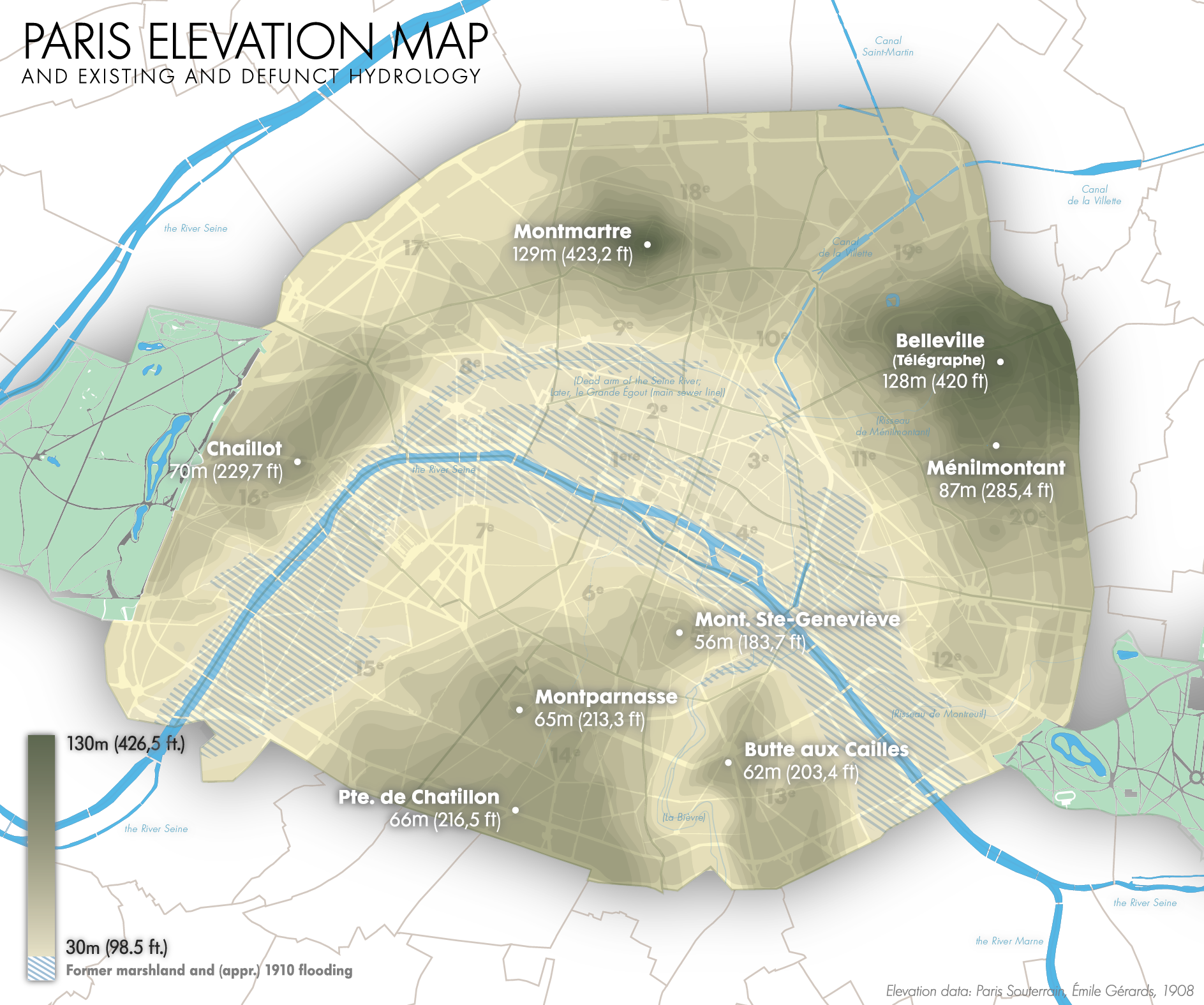|
Zouave (Pont De L'Alma)
''The Zouave'' is an 1856 stone statue by French artist Georges Diebolt, which has been sited on the Pont de l'Alma in Paris since the 1850s. The statue is used as an informal flood marker for the level of the River Seine in Paris. Background An arch bridge over the Seine was first constructed at this location in Paris in the 1850s, connecting the Avenue George V (formerly the Avenue d'Alma) to the Quai d'Orsay and Quai Branly. The new bridge was named after the 1854 Battle of Alma in the Crimean War. The two supporting piers of the bridge in the river were decorated with military sculptures, one on each side of each pier. Each of the four sculptures depicts a French soldier from the Crimean War: a Zouave and a grenadier by Georges Diebolt, and a chasseur and an artilleryman by Auguste Arnaud. Three of the four statues on the Pont de l'Alma were removed and relocated when the bridge was reconstructed as a wider girder bridge in the 1970s, but ''The Zouave'' was reinstall ... [...More Info...] [...Related Items...] OR: [Wikipedia] [Google] [Baidu] |
Girder Bridge
A girder bridge is a bridge that uses girders as the means of supporting its deck. The two most common types of modern steel girder bridges are plate and box. The term "girder" is often used interchangeably with "beam" in reference to bridge design. However, some authors define beam bridges slightly differently from girder bridges. A girder may be made of concrete or steel. Many shorter bridges, especially in rural areas where they may be exposed to water overtopping and corrosion, utilize concrete box girder. The term "girder" is typically used to refer to a steel beam. In a beam or girder bridge, the beams themselves are the primary support for the deck, and are responsible for transferring the load down to the foundation. Material type, shape, and weight all affect how much weight a beam can hold. Due to the properties of the second moment of area, the height of a girder is the most significant factor to affect its load capacity. Longer spans, more traffic, or wider spacing o ... [...More Info...] [...Related Items...] OR: [Wikipedia] [Google] [Baidu] |
Monuments And Memorials In Paris
A monument is a type of structure that was explicitly created to commemorate a person or event, or which has become relevant to a social group as a part of their remembrance of historic times or cultural heritage, due to its artistic, historical, political, technical or architectural importance. Some of the first monuments were dolmens or menhirs, megalithic constructions built for religious or funerary purposes. Examples of monuments include statues, (war) memorials, historical buildings, archaeological sites, and cultural assets. If there is a public interest in its preservation, a monument can for example be listed as a UNESCO World Heritage Site. Etymology It is believed that the origin of the word "monument" comes from the Greek ''mnemosynon'' and the Latin ''moneo'', ''monere'', which means 'to remind', 'to advise' or 'to warn', however, it is also believed that the word monument originates from an Albanian word 'mani men' which in Albanian language means 'remember ... [...More Info...] [...Related Items...] OR: [Wikipedia] [Google] [Baidu] |
1856 Sculptures
Events January–March * January 8 – Borax deposits are discovered in large quantities by John Veatch in California. * January 23 – American paddle steamer SS ''Pacific'' leaves Liverpool (England) for a transatlantic voyage on which she will be lost with all 186 on board. * January 24 – U.S. President Franklin Pierce declares the new Free-State Topeka government in "Bleeding Kansas" to be in rebellion. * January 26 – First Battle of Seattle: Marines from the suppress an indigenous uprising, in response to Governor Stevens' declaration of a "war of extermination" on Native communities. * January 29 ** The 223-mile North Carolina Railroad is completed from Goldsboro through Raleigh and Salisbury to Charlotte. ** Queen Victoria institutes the Victoria Cross as a British military decoration. * February ** The Tintic War breaks out in Utah. ** The National Dress Reform Association is founded in the United States to promote "rational" dress for w ... [...More Info...] [...Related Items...] OR: [Wikipedia] [Google] [Baidu] |
Pont De La Tournelle
The (''Tournelle Bridge'' in English), is an arch bridge spanning the river Seine in Paris. History The location of the is the site of successive structures. The first, a wooden bridge, was built in 1620. This bridge connected the Eastern bank of the Seine (le quai Saint-Bernard) to . It was subsequently washed away by ice in 1637, and again on 21 January 1651. A stone bridge was erected in its place in 1654.Fierro, Alfred, ''Histoire et dictionnaire de Paris'' (1996), Robert Laffont, p. 580. It was demolished in 1918 and replaced by the current bridge in 1928, after it suffered several natural disasters, especially the flood of 1910. The was intentionally built lacking symmetry, in order to emphasize the shapeless landscape in the part of the Seine that it bestrides. Consisting of a grand central arch that links the riverbanks via two smaller arches, one on each side, it's decorated on the Eastern bank with a pylon built on the left pier's cutwater, and a statue of Saint G ... [...More Info...] [...Related Items...] OR: [Wikipedia] [Google] [Baidu] |
Pont D'Austerlitz
The Pont d'Austerlitz is a bridge which crosses the Seine River in Paris, France. It owes its name to the battle of Austerlitz (1805). Location The bridge links the 12th arrondissement at the rue Ledru-Rollin, to the 5th and 13th arrondissements, at the Jardin des Plantes. History The construction of the bridge came from a necessity to link the Faubourg Saint-Antoine on the right bank to the Jardin des Plantes on the left bank. At the beginning of the 19th century the first bridge was constructed. In 1801, the engineer Becquey de Beaupré proposed a five-arched bridge. In 1854, the bridge was judged dangerous and the width was increased to 18 meters (59 feet) and finally to 30 meters (98 feet). Characteristics * Type : Arch bridge * Construction : 1801–1805, 1854 and 1884–1885 * Inauguration : 1854 and 1885 * Architects : Alexandre Michal, Jules Savarin (1854) – Jean-Marie-Georges Choquet (1885) * Material : Stone Masonry * Total Length : 173,80 m Acces ... [...More Info...] [...Related Items...] OR: [Wikipedia] [Google] [Baidu] |
1910 Great Flood Of Paris
The 1910 Great Flood of Paris (french: Crue de la Seine de 1910) was a catastrophe in which the Seine River, carrying winter rains from its tributaries, flooded the Paris conurbation, France. The Seine water level rose eight metres above the ordinary level. Chronology In the winter of 1909–1910, Paris and the surrounding area experienced higher than normal rainfall which saturated the ground and filled rivers to overflowing. In January 1910, Parisians were preoccupied with daily life and lulled into a false sense of security because the Seine's waters level had risen and fallen again in December. Consequently, they largely ignored reports of mudslides and flooding occurring upriver. They were also slow to notice warnings signs within the city as the Seine's water level rose eight meters higher than normal, its water began to flow much faster than normal, and large amounts of debris appeared. By late January, the Seine River flooded Paris when water pushed upwards from ove ... [...More Info...] [...Related Items...] OR: [Wikipedia] [Google] [Baidu] |
Fez (hat)
The fez (, ), also called tarboosh ( ar, طربوش, translit=ṭarbūš, derived from fa, سرپوش, translit=sarpuš, lit=cap), is a felt headdress in the shape of a short cylindrical peakless hat, usually red, and sometimes with a black tassel attached to the top. The name "fez" refers to the Moroccan city of Fez, where the dye to colour the hat was extracted from crimson berries. Despite its name, the original centre of production appears to have been in Tunis, not Fez. The modern fez owes much of its popularity to the Ottoman era. The fez became a symbol of the Ottoman Empire in the early 19th century. In 1827, Mahmud II mandated the fez as a modern headdress for his new army, the Asakir-i Mansure-i Muhammediye. The decision was inspired by the Ottoman naval command, who had previously returned from the Maghreb having embraced the style. In 1829, Mahmud issued new regulations mandating use of the fez by all civil and religious officials. The intention was to replace the ... [...More Info...] [...Related Items...] OR: [Wikipedia] [Google] [Baidu] |
Sirwal
Sirwal, also sherwal, saroual, seroual, sarouel or serouelSmith, Robin (199''American Civil War Zouaves'', p. 52. Osprey PublishingAt Google Books. Retrieved 23 August 2013. ( ar, سِرْوَال (''sirwāl''), (''šalvâr'') ku, شهواڵ (''shawal'') Tat: ''şalvar'' ur, شلوار (''shalwâr'') tr, şalvar az, şalvar kk, шалбар (''şalbar'') sh, (шалваре) bn, সালোয়ার (''shalwar'') also known, in some contexts, as (a subtype of) Harem pants, are a form of trousers predating Hellenic influence in the Balkans. They are typically worn in Muslim countries, but also extensively in the Polish Commonwealth, in Mallorca, in the Greek countryside, and other places in the Balkans that were influenced by Ottoman Turks prior to World War II. The trousers are not originally an Arab garment but were introduced from Persia to other Mideastern regions. The sirwal is also worn by communities in North India. The drawstring allows the sirwal to be worn at ei ... [...More Info...] [...Related Items...] OR: [Wikipedia] [Google] [Baidu] |
Dijon
Dijon (, , ) (dated) * it, Digione * la, Diviō or * lmo, Digion is the prefecture of the Côte-d'Or department and of the Bourgogne-Franche-Comté region in northeastern France. the commune had a population of 156,920. The earliest archaeological finds within the city limits of Dijon date to the Neolithic period. Dijon later became a Roman settlement named ''Divio'', located on the road between Lyon and Paris. The province was home to the Dukes of Burgundy from the early 11th until the late 15th centuries, and Dijon became a place of tremendous wealth and power, one of the great European centres of art, learning, and science. The city has retained varied architectural styles from many of the main periods of the past millennium, including Capetian, Gothic, and Renaissance. Many still-inhabited town-houses in the city's central district date from the 18th century and earlier. Dijon's architecture is distinguished by, among other things, '' toits bourguignons'' (Burgu ... [...More Info...] [...Related Items...] OR: [Wikipedia] [Google] [Baidu] |
Aisne
Aisne ( , ; ; pcd, Ainne) is a French department in the Hauts-de-France region of northern France. It is named after the river Aisne. In 2019, it had a population of 531,345.Populations légales 2019: 02 Aisne INSEE Geography  The department borders Nord (to the north), Somme and
The department borders Nord (to the north), Somme and
|
La Fère
La Fère () is a commune in the Aisne department in Hauts-de-France in France. Population See also * Communes of the Aisne department The following is a list of the 799 Communes of France, communes in the French Departments of France, department of Aisne. The communes cooperate in the following Communes of France#Intercommunality, intercommunalities (as of 2020): References Communes of Aisne Aisne communes articles needing translation from French Wikipedia {{Laon-geo-stub ...[...More Info...] [...Related Items...] OR: [Wikipedia] [Google] [Baidu] |







